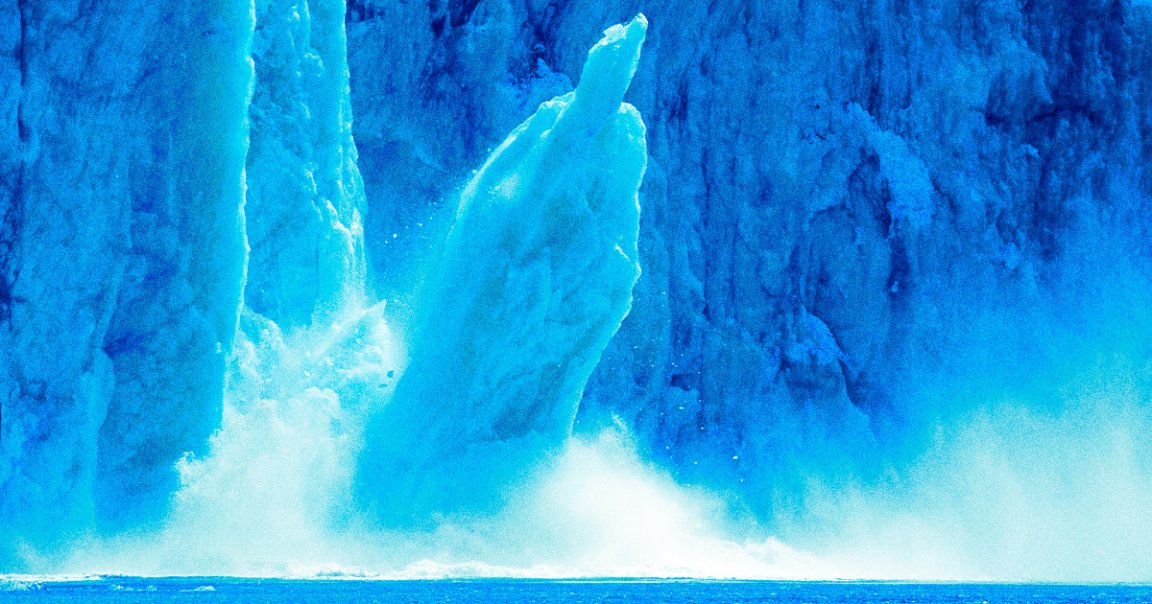
On the Run Tour
At more than triple the size of New York City, the world’s largest current iceberg is on the move.
As Reuters reports, the iceberg — dubbed, forgettably, A23a — actually broke off of the Antarctic coastline in 1986, but it quickly became stuck to the bottom of the ocean for much of that time, essentially becoming an island made of ice.
Now, however, A23a has finally broken free once again and begun to drift through the Southern Ocean’s iceberg-filled Weddell Sea, moving past the tip of the Antarctic Peninsula with the help of fearsome winds and currents.
As British glaciologist Oliver Marsh told Reuters, scientists are stumped as to the exact reason why this iceberg, also believed to be one of the oldest in the world, is currently making a run for it.
“Over time it’s probably just thinned slightly and got that little bit of extra buoyancy that’s allowed it to lift off the ocean floor and get pushed by ocean currents,” Marsh said, proffering a theory.
At a whopping 1,500 square miles and 1,312 feet thick — which is nearly 75 feet higher than the Empire State Building, if you don’t count its antenna — there are understandable concerns about A23a’s trajectory, though as New Scientist reports, most icebergs that break off in the Weddell Sea end up floating until they eventually melt in the South Atlantic’s “iceberg alley.”
Iceberg Simpson
While massive icebergs like this one generally break apart into pieces that melt separately, Marsh told the British news wire that A23a’s colossal size may keep it together. And if that happens, it could spell trouble.
“An iceberg of this scale has the potential to survive for quite a long time in the Southern Ocean, even though it’s much warmer,” the glaciologist said, “and it could make its way farther north up toward South Africa where it can disrupt shipping.”
Curiously enough, news of A23a’s sudden voyage came admit more glacial drama.
Researchers out of England’s University of Leeds have, per a school statement, found that Antarctica’s Cadman Glacier retreated by about 5 miles between 2018 and 2021, and that its ice shelf had completely collapsed.
“We were surprised to see the speed at which Cadman went from being an apparently stable glacier to one where we see sudden deterioration and significant ice loss,” Benjamin Wallis, who is also a British glaciologist, said in the UL statement.
It’s been a busy week in the Antarctic — and as climate change continues apace, we’ll likely have more weeks like this to come.
More on Antarctica and climate change: The Hole in the Ozone Layer Is Getting Bigger Again, Scientists Say